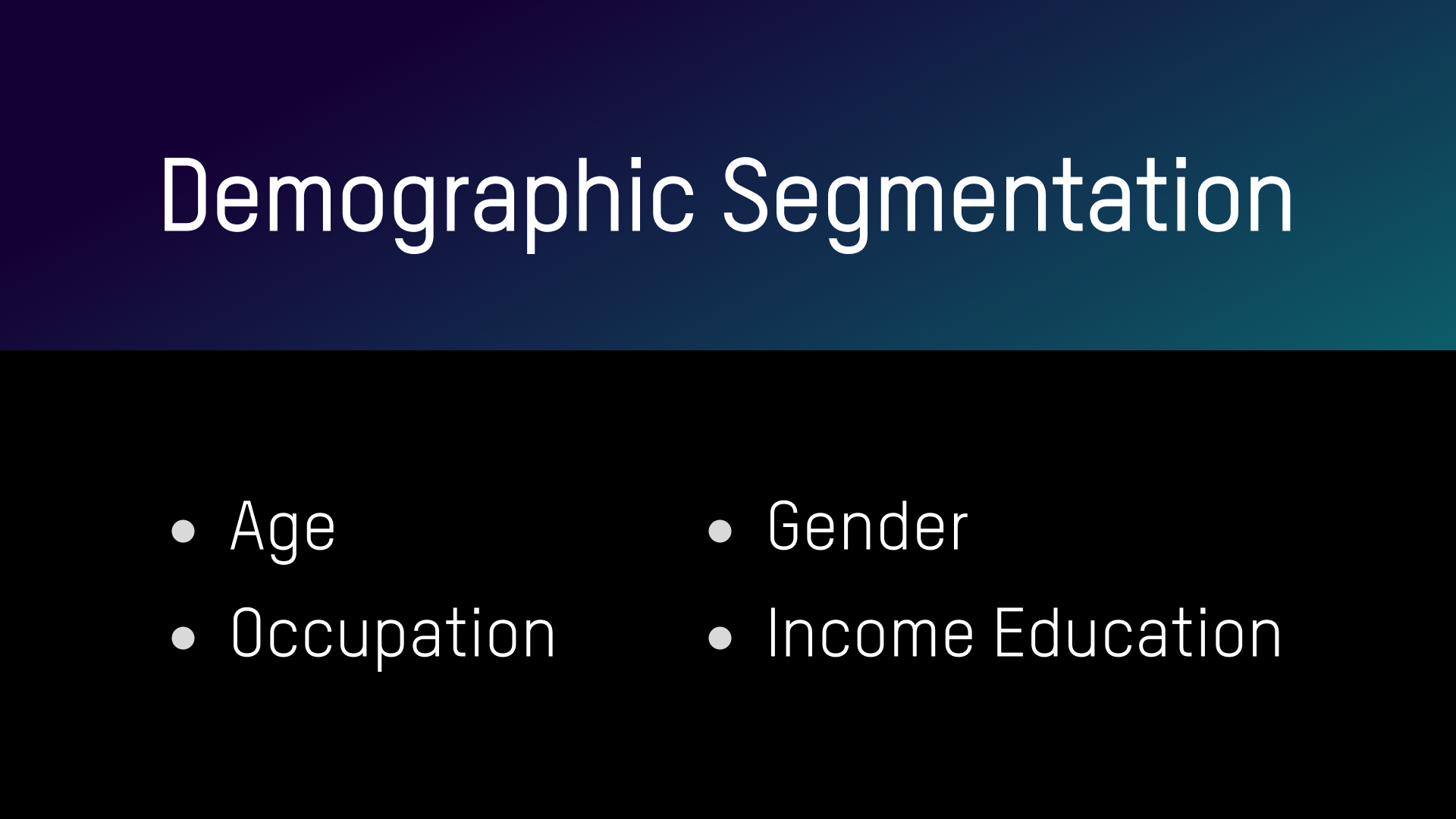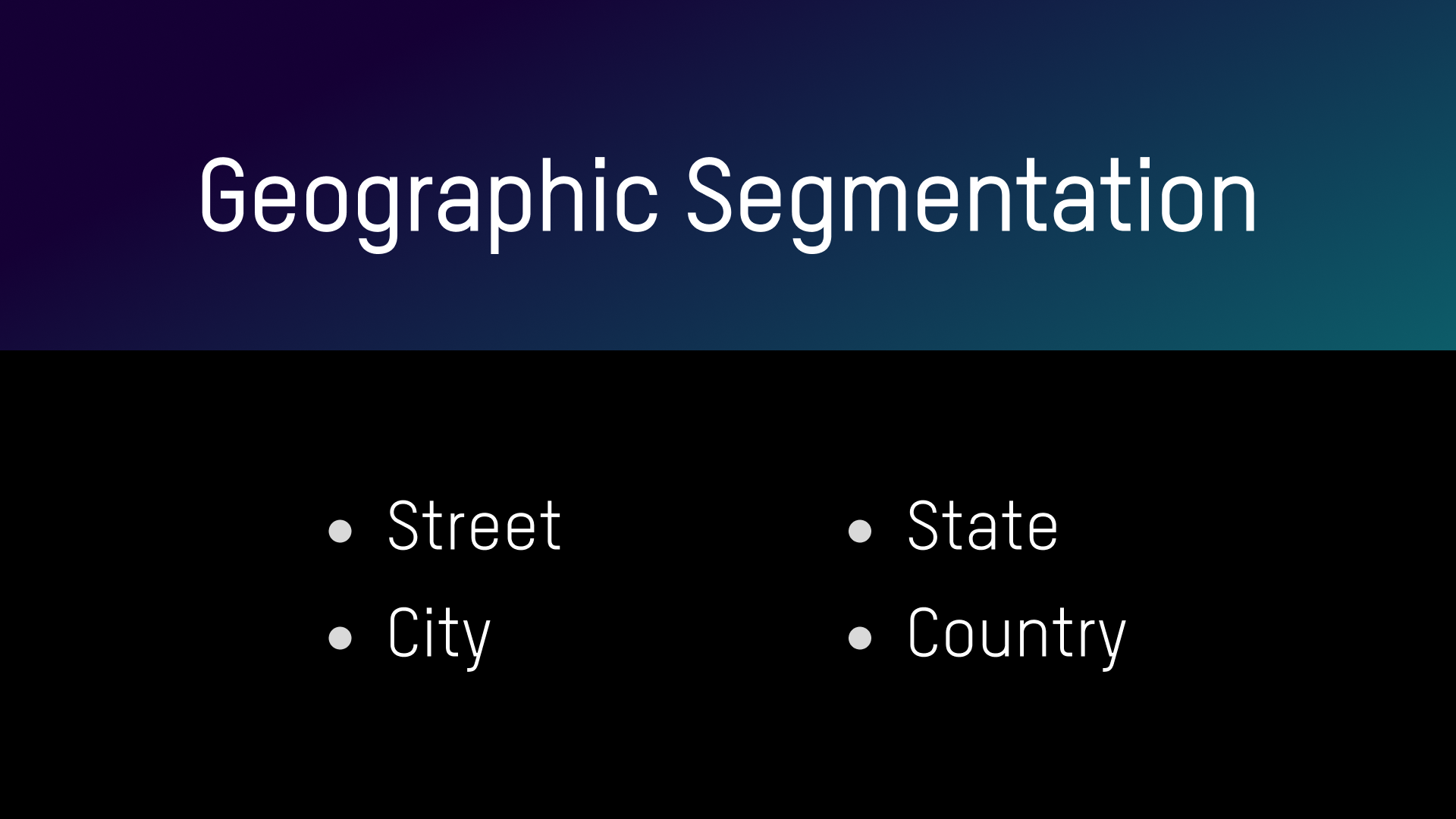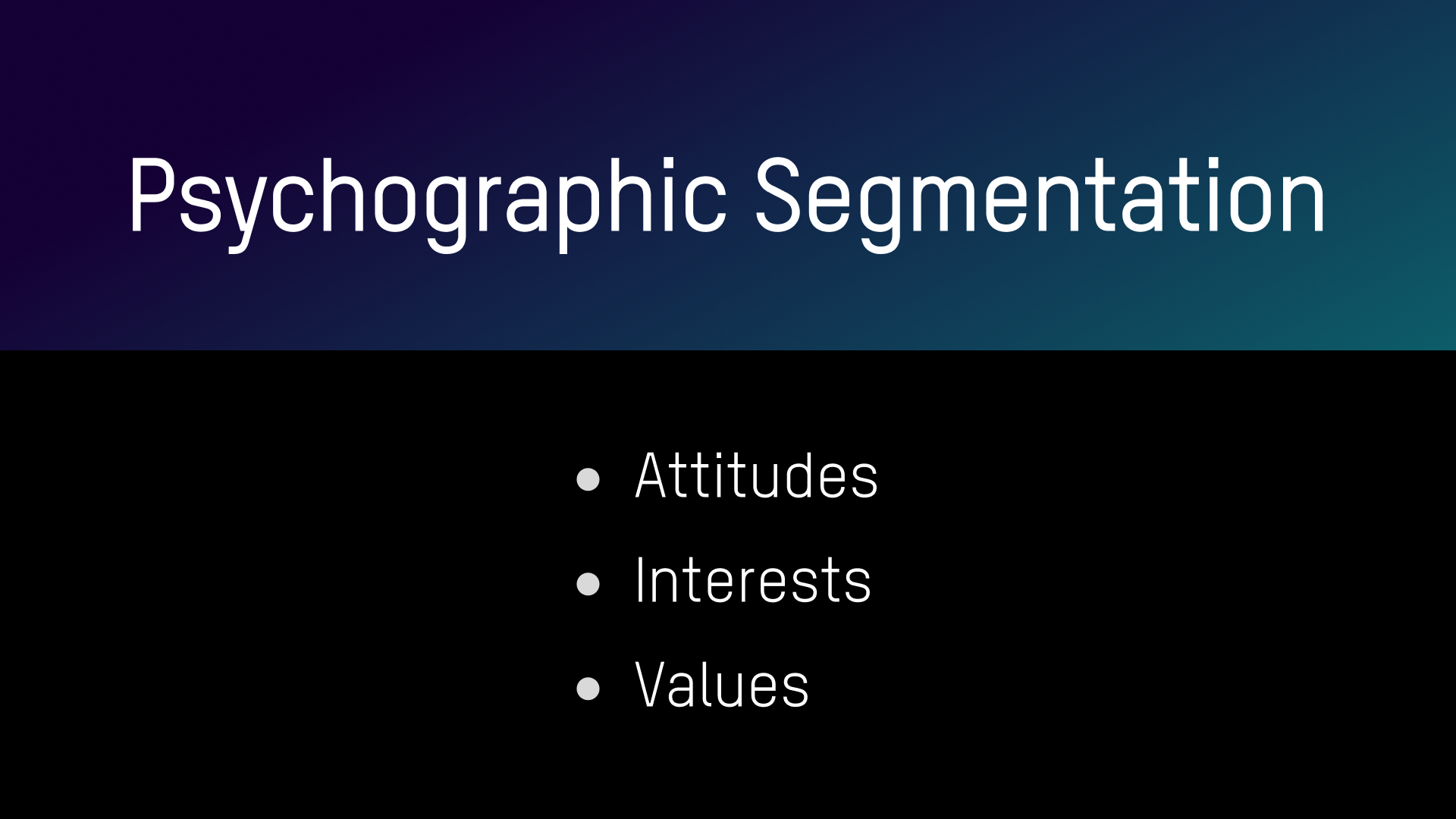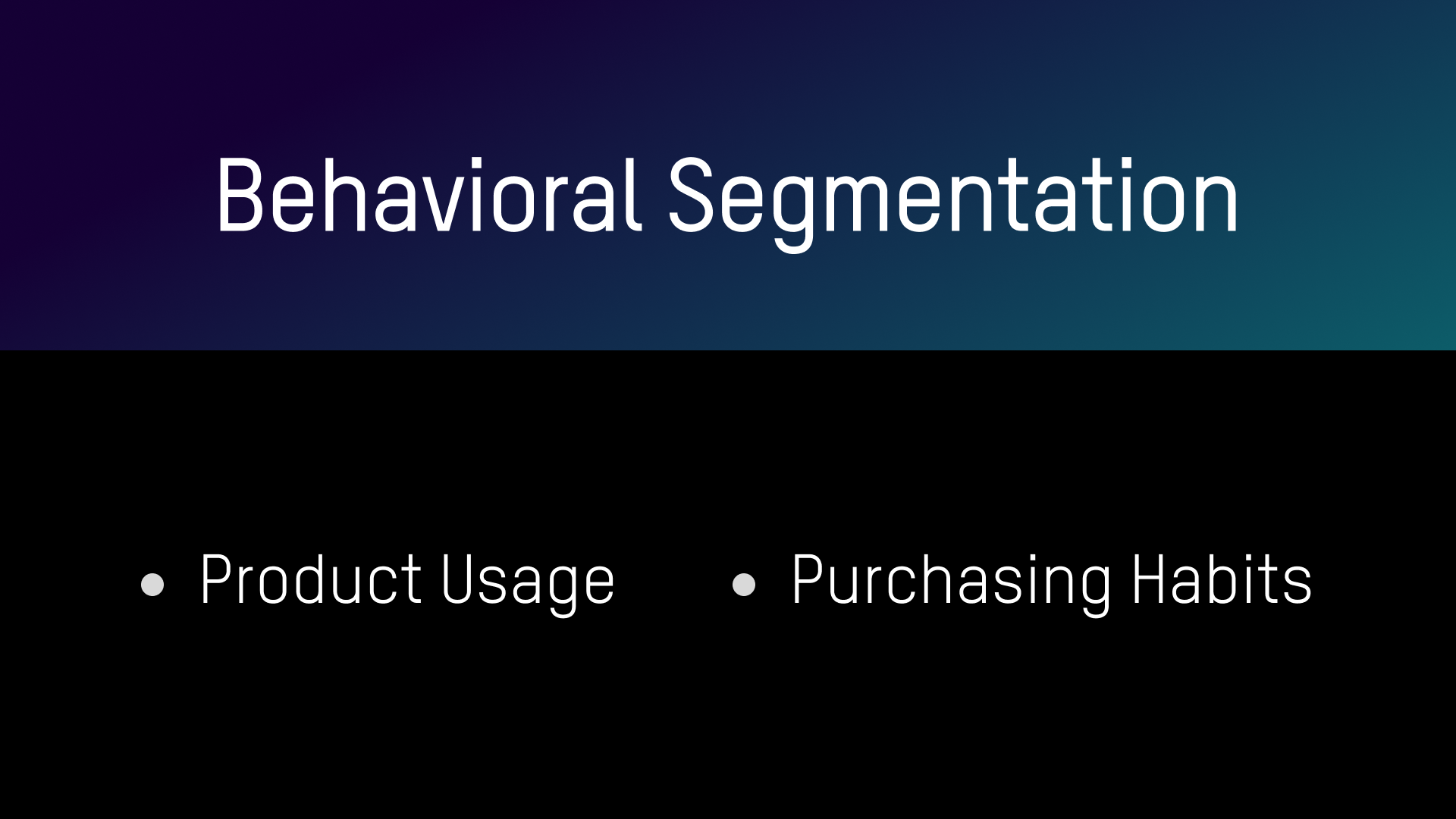How Brands Segment Their Customers

You can’t market to a broad audience and expect high returns. You have to narrow your target to hit the mark.
Nowadays, using a one-size-fits-all marketing approach gets you nowhere. Each customer is different—they have unique needs that must be met to generate high returns. So how do you connect with fragmented audiences to move the needle? Through a process called customer segmentation.
From Nike to Sephora, find out how the top brands segment their customers to drive their businesses forward. But first, let’s define customer segmentation.
What is Customer Segmentation?
Customer segmentation is the process of breaking down your customer base into small groups or segments based on common qualities, characteristics, and behaviors. By organizing customers into distinct groups, businesses can tailor their marketing efforts to match consumers’ individual needs.
Why Segment Customers?
Consumers have distinct characteristics and diverse needs so dividing them into specific, well-defined subgroups helps businesses identify the different consumer types they already attract or want to target. It’s easier to understand consumers and uncover their needs when they’re broken down into distinct segments.
Through customer segmentation, businesses can offer more personalized, relevant, and focused experiences to different customer segments. It also reveals which customers are most profitable, helping businesses make more cost-effective marketing decisions. With a sharper focus on their most valuable customers, segmentation helps improve customer relationships and, in turn, boost customer retention.
How Do Top Brands Segment Their Audiences?
Businesses can segment their audiences using different customer segmentation models but the most common ones are demographic, geographic, psychographic, and behavioral segmentation. These models help form a more defined assessment of target customers.

The first one is demographic segmentation, where audiences are grouped based on age, gender, occupation, income, education, and status of audiences.
Adidas is an example of a brand that segments its audiences based on the demographic characteristics of its consumers, particularly their gender. The brand understands that women have different purchasing preferences and motivations than men so it makes sure to package its marketing efforts in a way that is palatable to different gender groups. Adidas uses gender-specific segmentation on its paid, social, and email campaigns, which significantly increases engagement and click-through rates.

The next one is geographic segmentation, which groups customers based on their locations, specifically their country, state, city, or street.
For instance, McDonald’s finds more success in understanding its consumers using the geographic model. Through geographic segmentation, the fast food chain is able to understand the diverse palette of its customers across different regions. By discovering their unique food preferences, McDonald’s is able to tailor its products to fit diverse dietary patterns.

The third model in grouping customers is psychographic, which concentrates on attitudes, values, and interests.
Nike is a well-known athletic brand but it doesn’t like targeting a broad audience. It prefers to segment its target customers based on their specific interests. Understanding that its customer base has different sports interests, the brand develops multiple campaigns ranging from basketball to tennis to track and field to soccer. Through its marketing efforts and product development strategies, Nike conceptualizes footwear for every sport to appeal to consumers with different athletic inclinations.

There is also a type of segmentation that focuses on product usage and purchasing habits, which is called behavioral.
Take Sephora for example. This leading personal care brand is more focused on understanding the behavior of its consumers, such as their decision-making and purchasing processes. It groups its customers using behavioral segmentation. This model enables Sephora to develop a shopping experience that encourages conversions and strengthens customer retention. Sephora boasts a great rewards program that gives its users promotions, freebies, and offers tailored to their needs and expectations.